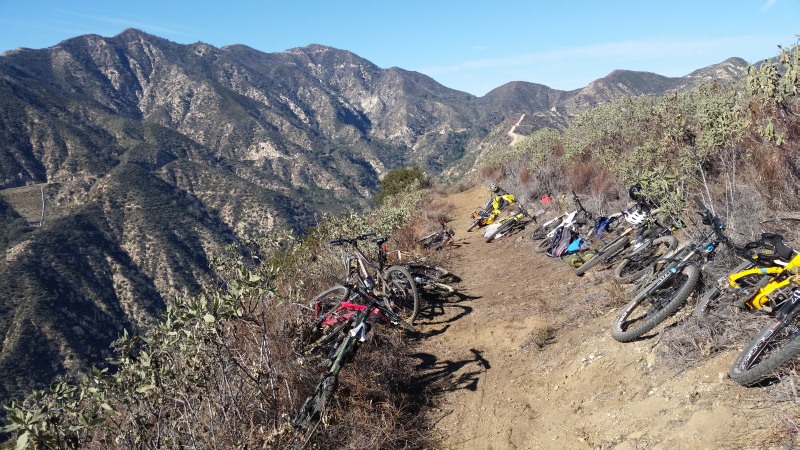CORBA and MWBA volunteer Sawyer crews have been out on trails helping removed downed trees all over the Angeles National Forest. There’s only a handful of us, but we’ve been steadily clearing downed trees off trails in the Angeles and Station Fire burn areas for the past two years. Mountain Bike Action recently ran a story including pictures of our efforts in the March 2016 issue.
Many of our volunteers have expressed interest in becoming certified for chainsaw use. The Forest Service (Angeles National Forest) currently has two classes scheduled for March: March 5/6 and March 19/20.
The classes comprise of a Saturday classroom day, and a Sunday field work day. You’ll be required to show proof of a valid First Aid/CPR certification, and a volunteer agreement with the Forest Service. (Volunteer Agreement can be signed at the class. If you don’t have First Aid/CPR, you’ll won’t receive your certification until proof of FA/CPR certification is supplied. You’ll also need to bring long sleeves, long pants, steel-toed 8″ boots, leather gloves, eye projection and hearing protection (earplugs). Certification begins at the A level, allowing you to chainsaw cut smaller, simpler trees under supervision of a B Sawyer or higher. Certification is good for One Year.
After at least one year of experience as an A Sawyer, you’ll be eligible to re-certify and upgrade to a B sawyer, authorized to work unsupervised on larger, more complex trees (currently up to 24″ in diameter). B Sawyer certification is good for two years. The classes cover both A and B sawyer certifications. Upon successful completion you will be certified at the level appropriate to your experience and demonstrated skill.
These certifications are only for bucking and limbing, NOT for felling trees. Bucking and limbing is all we need to clear downed trees off trails. If you’d like to join the CORBA/MWBA Sawyer crew, or would like to have this certification for use in other areas, RSVP on the facebook events or by email and we’ll share the details.
If you’d like to help our chainsaw crews without operating a chainsaw, we can always use extra hands for swamping (removing what we cut) and traffic control (making sure that trail users don’t stumble into our work site unnanounced). We often work mid-week on Wednesdays or Thursdays to minimize impacts to other trail users.
We expect Saturday classroom sessions to be held at Little Tujunga Ranger Station in the Angeles National Forest, and field days (Sunday) to be determined depending on conditions.
If interested in taking the class, please contact Chris Fabbro, Volunteer Coordinator for the Angeles National Forest, cfabbro@fs.fed.us and/or RSVP on our facebook events:
March 5/6 https://www.facebook.com/events/770851399715692/
March 19/20 https://www.facebook.com/events/604441166371667/


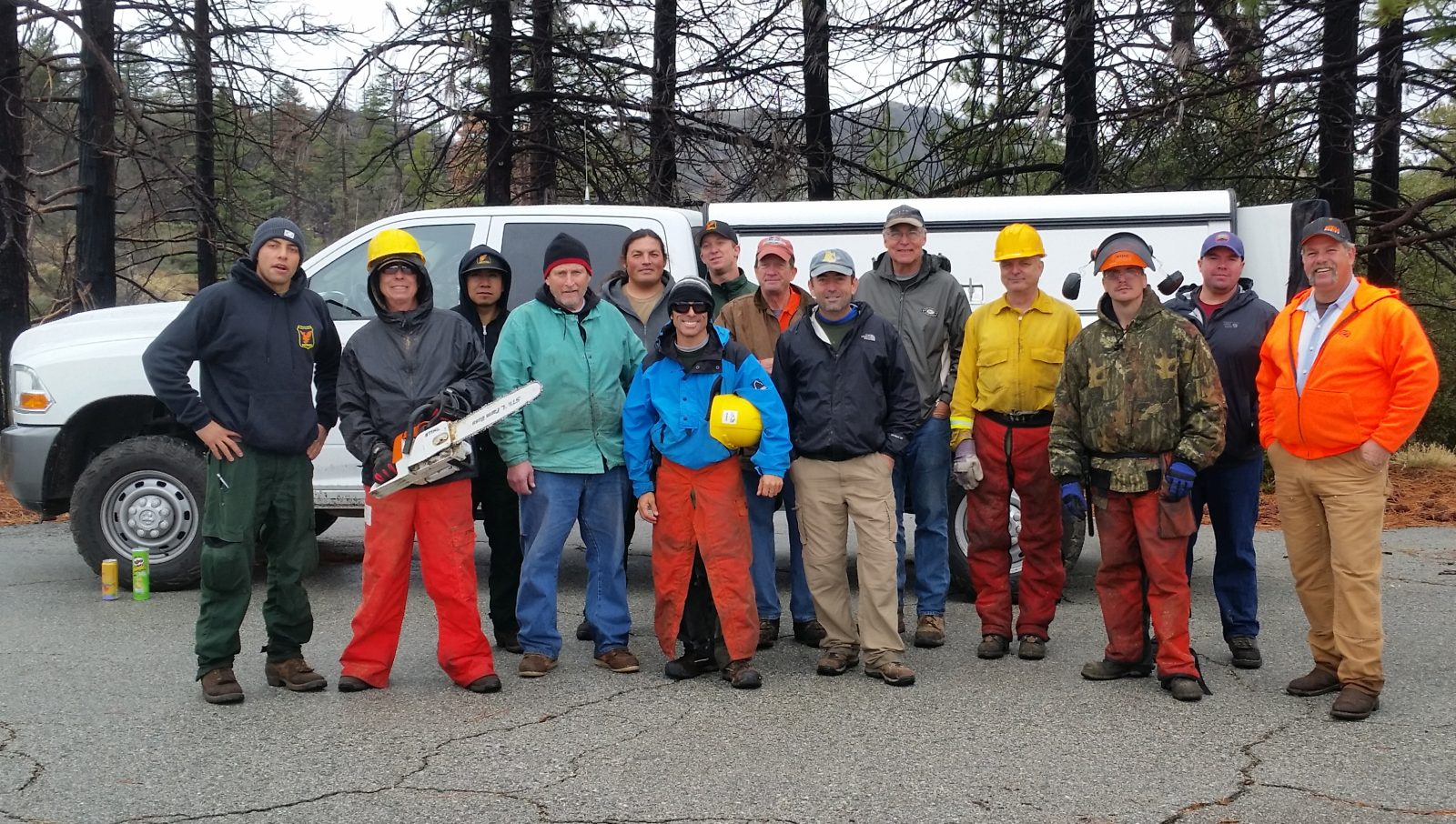
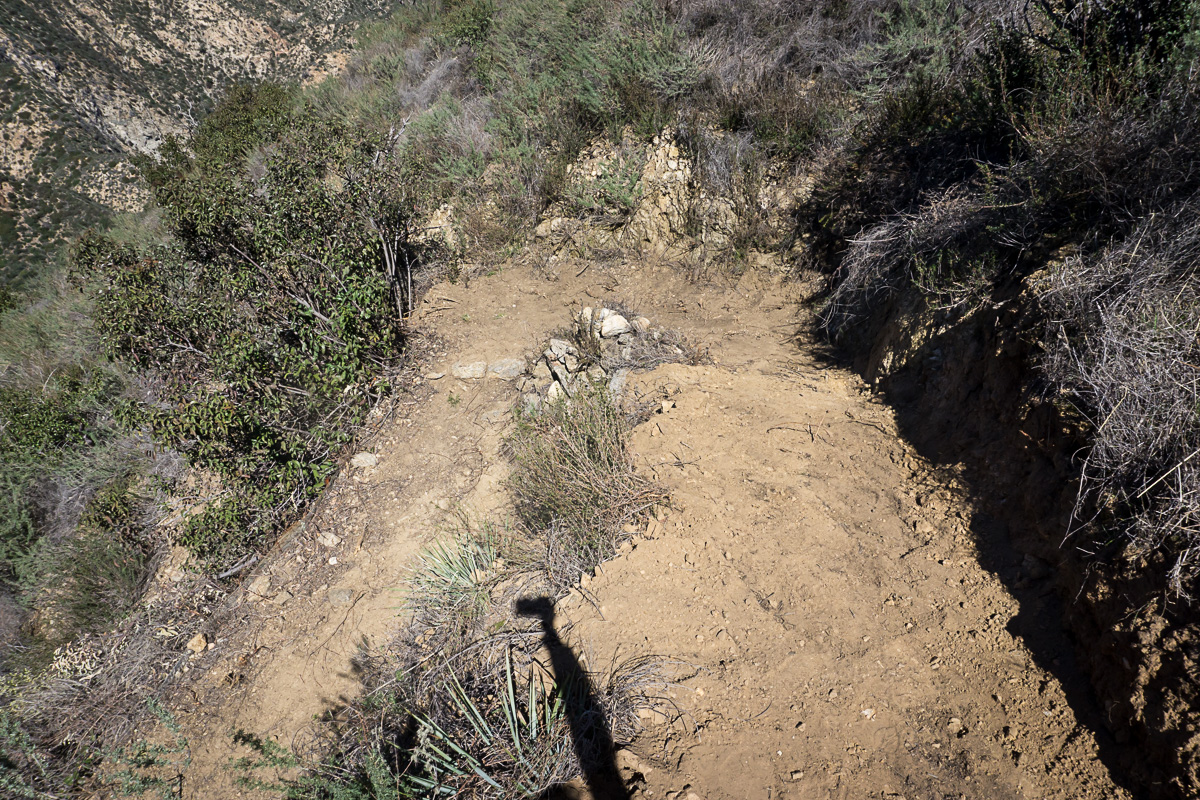

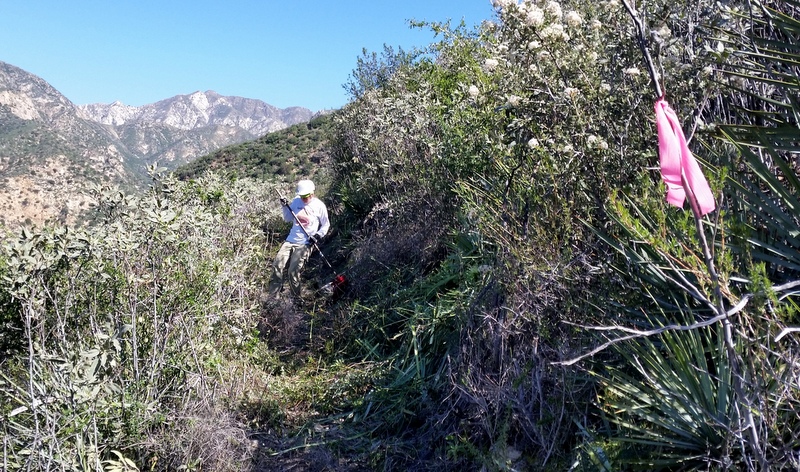


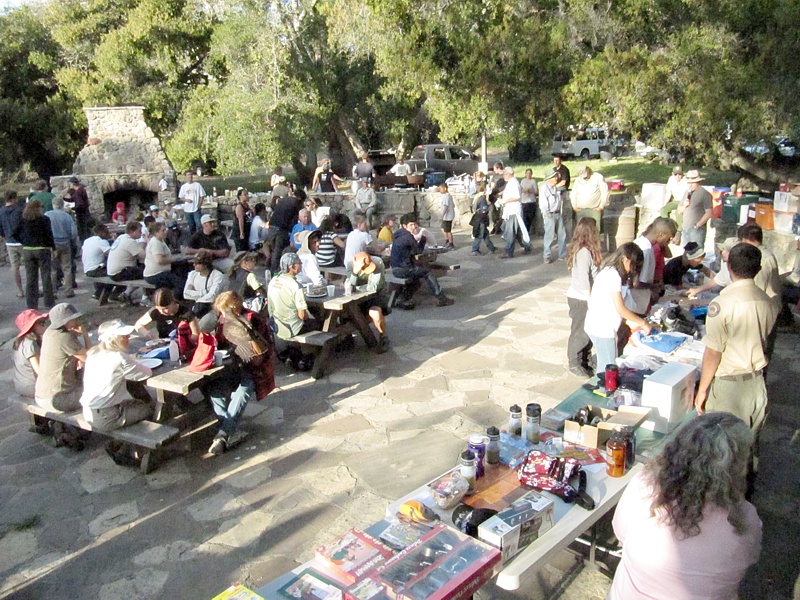
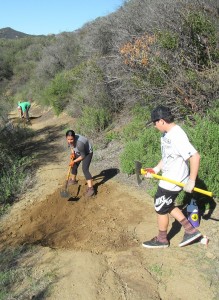

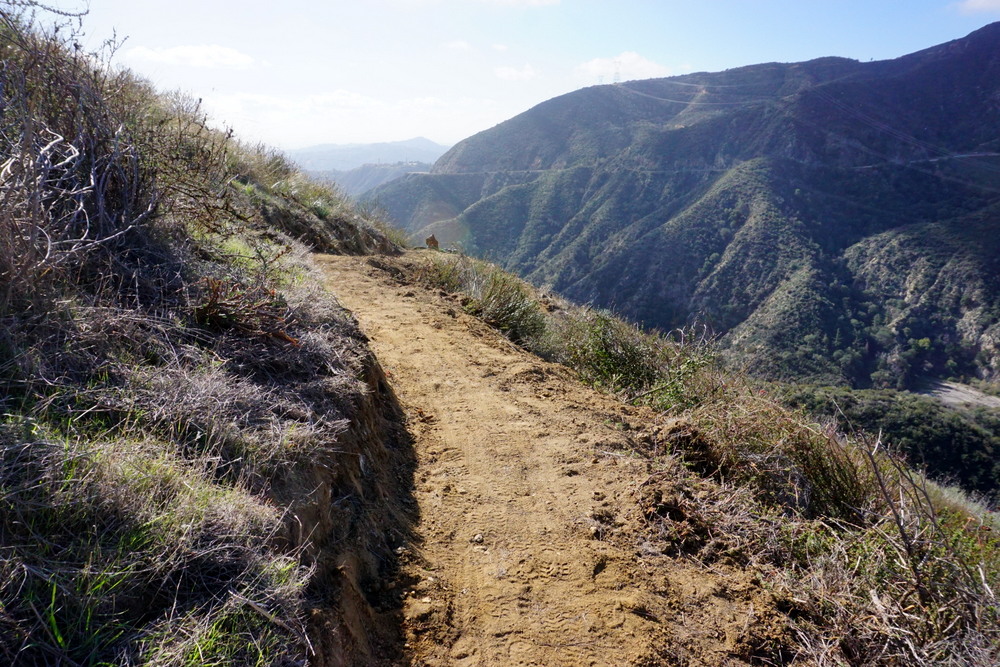

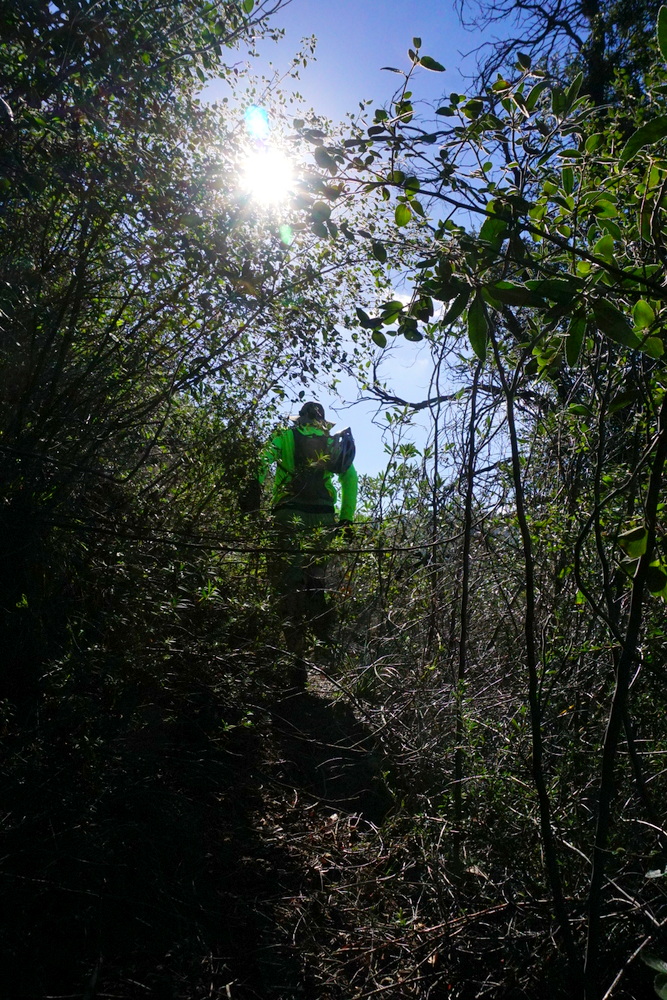
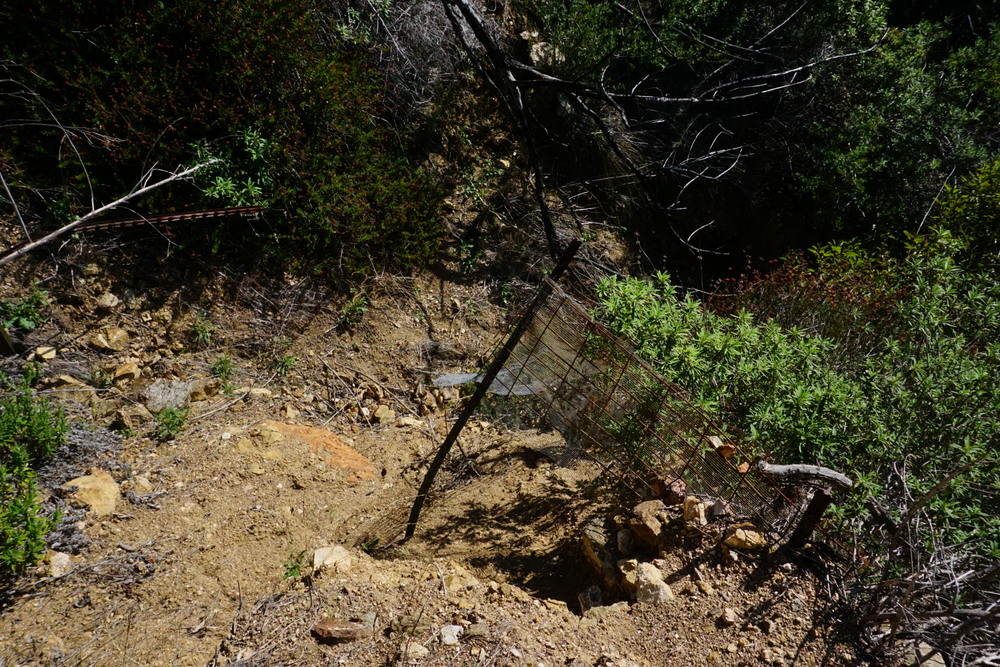
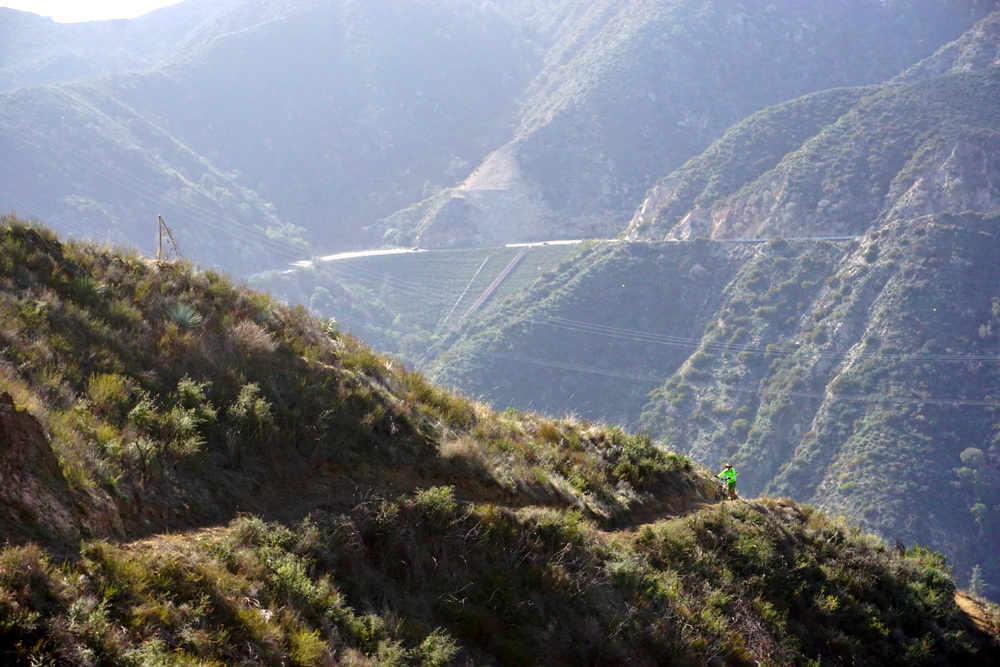
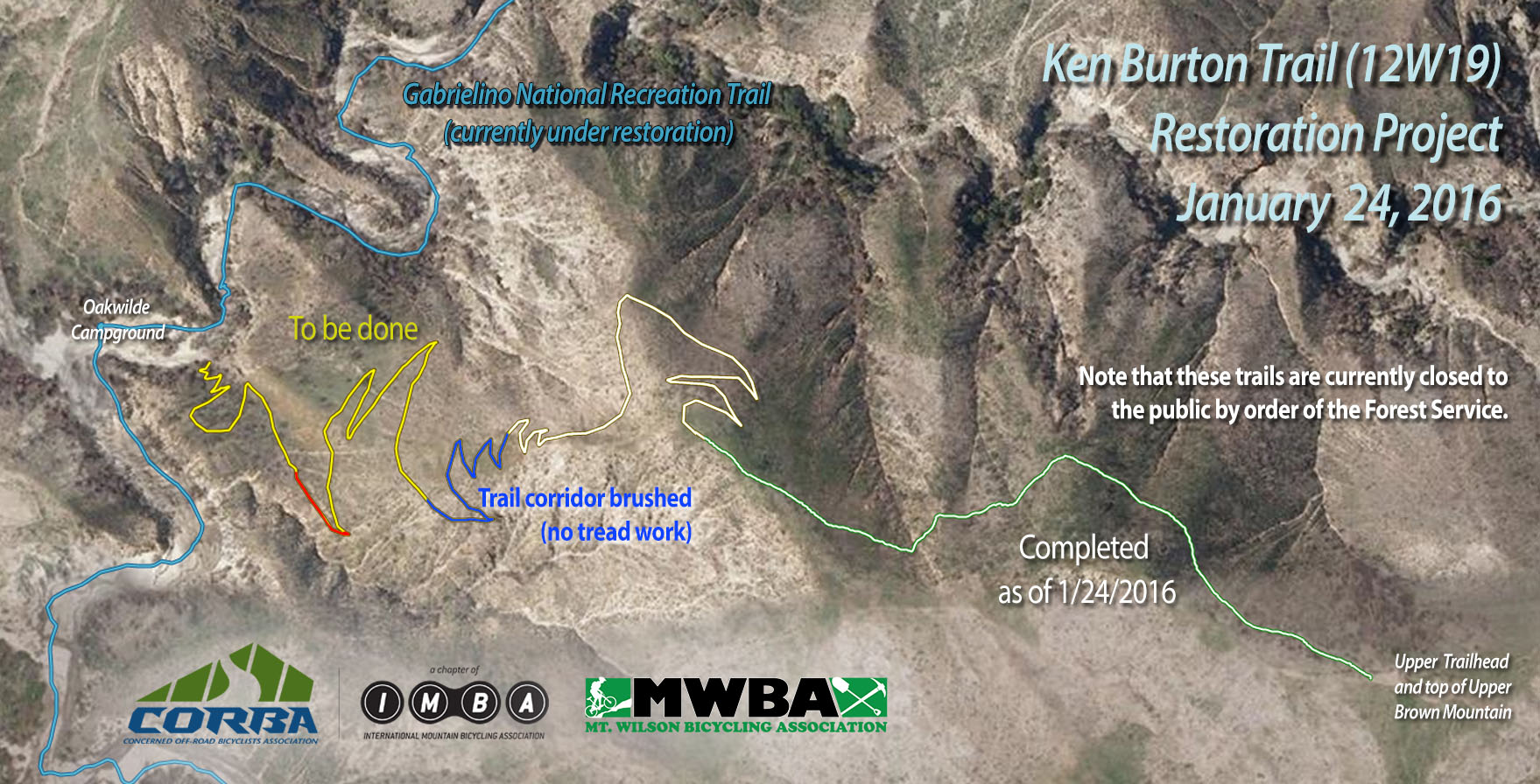

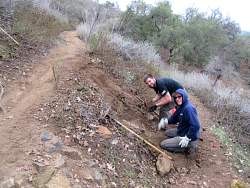

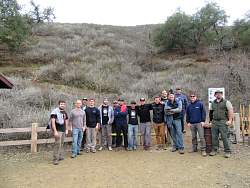

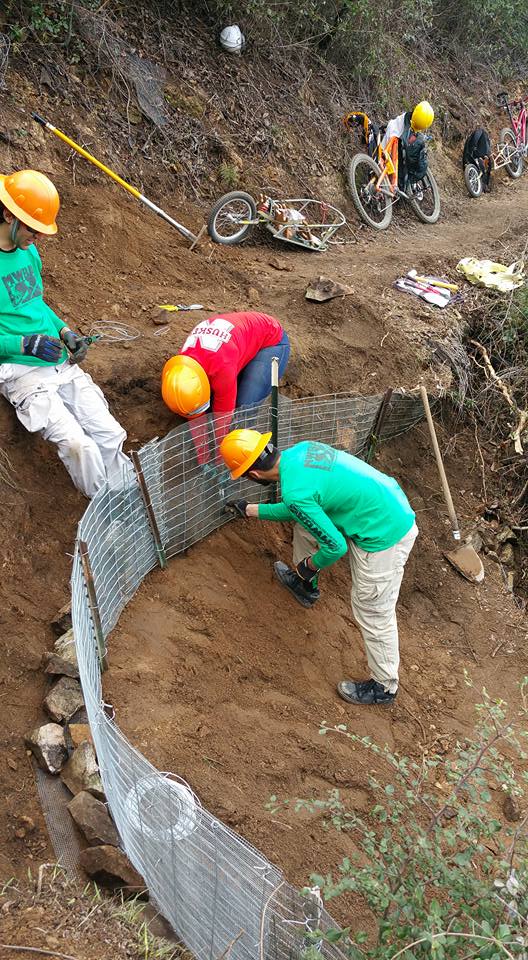
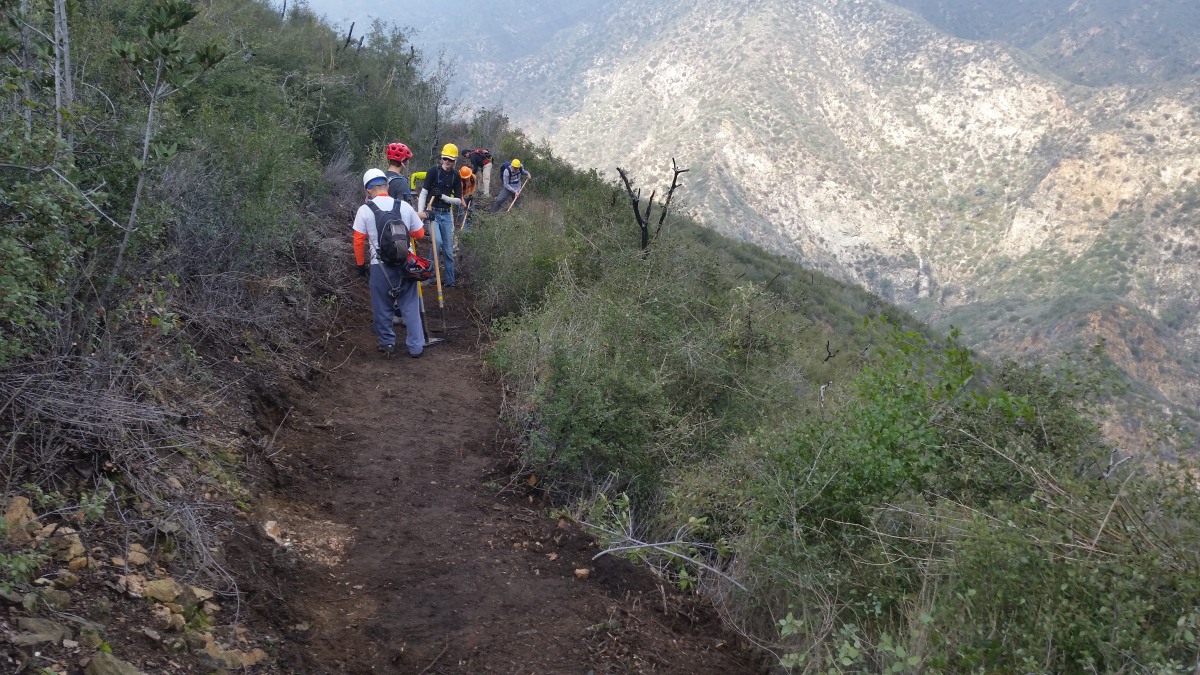
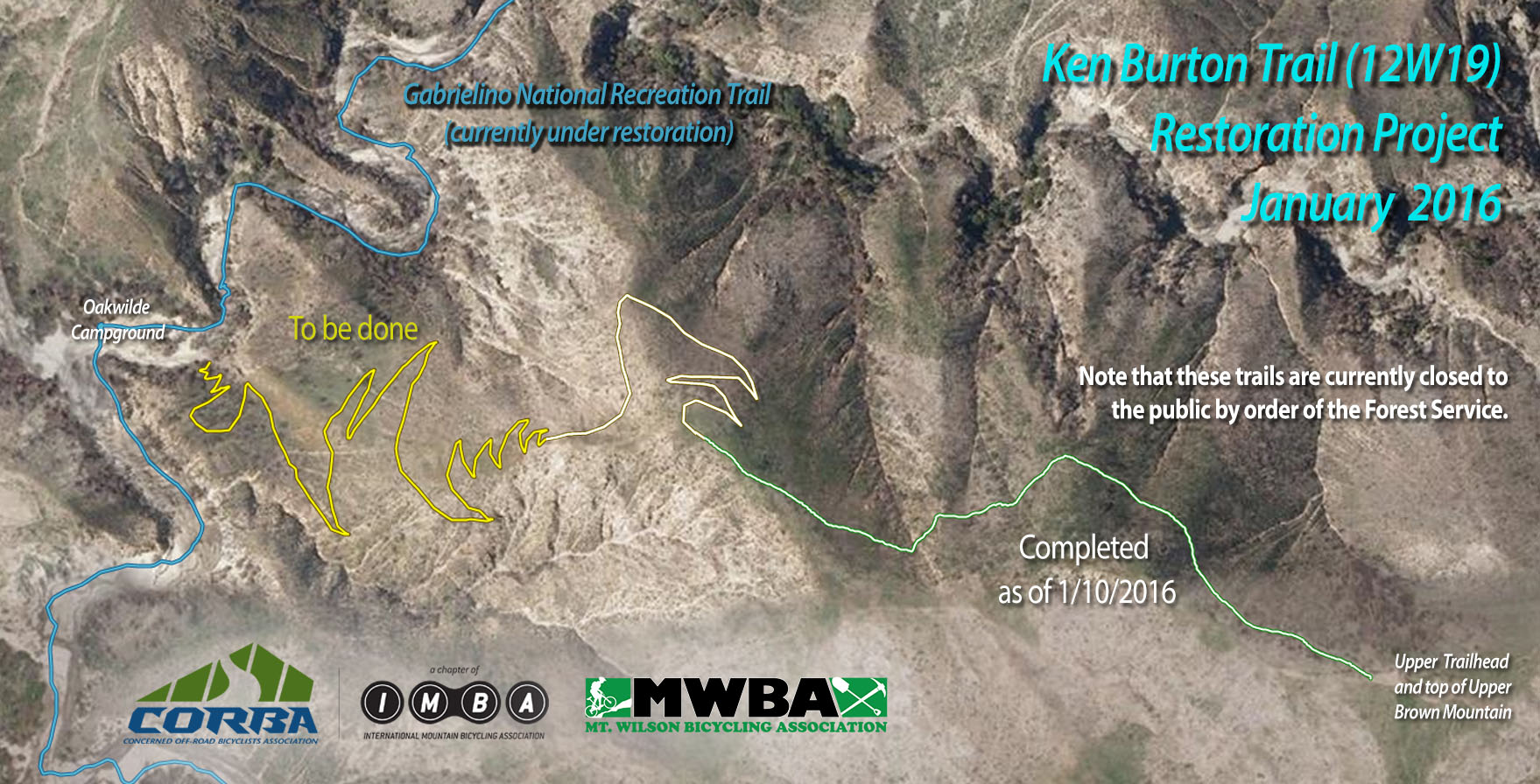

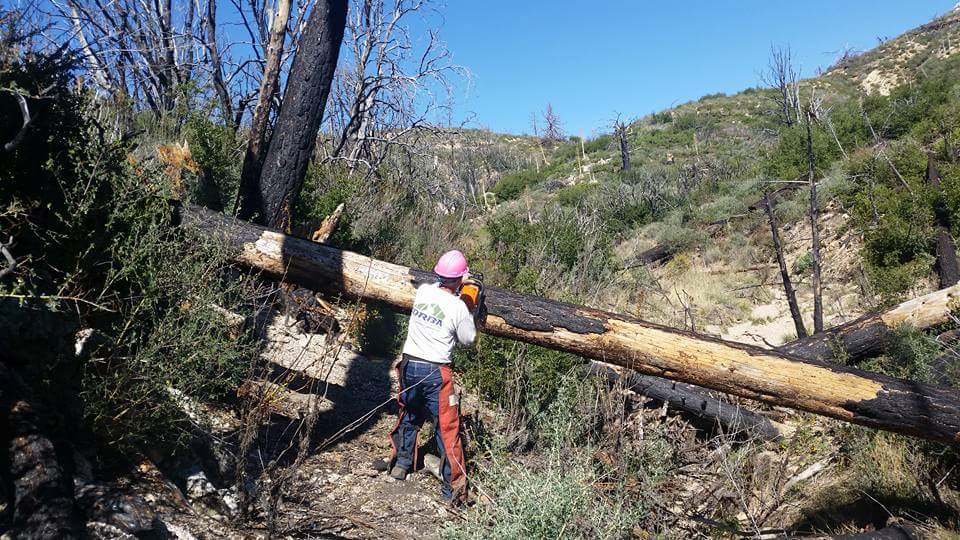
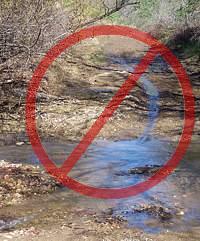 Most trails in our local riding area don’t respond well to rain. They have a high content of clay that turns into sticky, slippery muck that binds to everything it touches. It builds up on the tires, like a snowball rolling downhill, until it jams on the frame and the wheels won’t budge. Some models of clipless pedals won’t let go when full of this mud, resulting in the bike and the attached rider lying sideways in a puddle, or worse.
Most trails in our local riding area don’t respond well to rain. They have a high content of clay that turns into sticky, slippery muck that binds to everything it touches. It builds up on the tires, like a snowball rolling downhill, until it jams on the frame and the wheels won’t budge. Some models of clipless pedals won’t let go when full of this mud, resulting in the bike and the attached rider lying sideways in a puddle, or worse.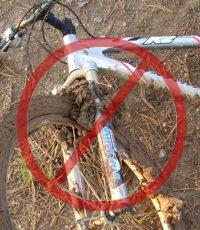 As a rule of thumb, if your foot, tire or hoof makes an impression more than about 1/8 inch deep in the dirt, the trail is still too soft to use. Give it another day or two to dry out before using it!
As a rule of thumb, if your foot, tire or hoof makes an impression more than about 1/8 inch deep in the dirt, the trail is still too soft to use. Give it another day or two to dry out before using it!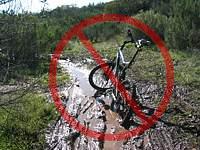 For these reasons, riders are well advised to stay off the trails after a rain until they have dried. How long to stay off? That depends on a number of factors including the particular trail, how much rain it received, how much sun it gets after the rain (is it in the shade or face south?), how warm and windy the weather is, and so on. After an isolated light rain you can probably ride the next day. After a heavy rain, you should wait several days. This is something where common sense and experience will help. Remember, tracks deeper than 1/8″ mean the trail is still too soft to use!
For these reasons, riders are well advised to stay off the trails after a rain until they have dried. How long to stay off? That depends on a number of factors including the particular trail, how much rain it received, how much sun it gets after the rain (is it in the shade or face south?), how warm and windy the weather is, and so on. After an isolated light rain you can probably ride the next day. After a heavy rain, you should wait several days. This is something where common sense and experience will help. Remember, tracks deeper than 1/8″ mean the trail is still too soft to use!